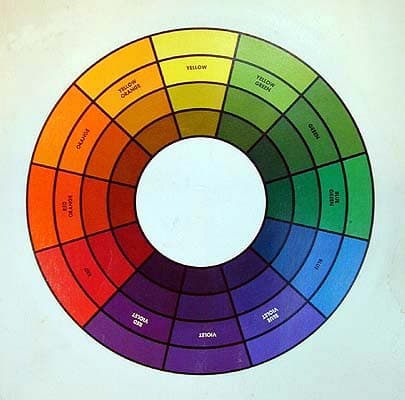Understanding Color in Gemology
The color of a mineral or gemstone is one of the primary attributes used for identification,but it is, unfortunately, one of the least diagnostic and useful
1 Minute Read
The color of a mineral or gemstone is one of the primary attributes used for identification, but it is, unfortunately, one of the least diagnostic and useful (except in a handful of cases). The colors reported include all those mentioned in the mineralogical or gemological literature. These are useful to gemologists primarily as a guide as to what could be expected in the future; that is, the potential color of a gemstone. A mineral may, at any time, be found in gem quality in a new or unfamiliar color. A good example is zoisite, which is found in Africa in a striking blue variety in the 1960s and given the trade name tanzanite.
The streak (color of a mineral powder) is listed where it is useful for identification. This characteristic applies almost exclusively to opaque, metallic minerals because the powder of most transparent minerals is colorless (white).
The color names applied to gems and minerals have become familiar through long usage. Some gem color names, such as "pigeon's-blood" (ruby) or "padparadschah" (sapphire) are vague, but have remained in the marketplace because no useful alternatives existed. However, accurate color measurement instrumentation is now available and is about to revolutionize the gemstone industry. Color specification systems for most colored materials (paints, dyes, etc.) have long been employed, and standards and procedures for measurement have been established by international professional societies in the color field. A gemstone colorimeter was used to measure a large array of gemstone color varieties and species for this book. The chapter on color measurement represents the first appearance in the gemological literature of objective gemstone color data, reported in terms considered standard by the color measurement and standardization field.
The future of gemology clearly lies in the direction of greater objectivity and standardization in measurement and terminology. Reference books on color technology should rapidly start to appear on the shelves of any competent gemologist's working library. It is vital that the field of gemology start moving toward color designations (CIE, CIELAB, Munsell, OSA-UCS, etc.) that are in daily use in all other color measurement fields.
Joel E. Arem, Ph.D., FGA
Dr. Joel E. Arem has more than 60 years of experience in the world of gems and minerals. After obtaining his Ph.D. in Mineralogy from Harvard University, he has published numerous books that are still among the most widely used references and guidebooks on crystals, gems and minerals in the world.
Co-founder and President of numerous organizations, Dr. Arem has enjoyed a lifelong career in mineralogy and gemology. He has been a Smithsonian scientist and Curator, a consultant to many well-known companies and institutions, and a prolific author and speaker. Although his main activities have been as a gem cutter and dealer, his focus has always been education.
Related Articles
Gemstone Optics: The Basics
Gemstone Color Measurements and Specifications
Gemstone Optical Properties
What is Gemstone Cleavage?
Never Stop Learning
When you join the IGS community, you get trusted diamond & gemstone information when you need it.
Get Gemology Insights
Get started with the International Gem Society’s free guide to gemstone identification. Join our weekly newsletter & get a free copy of the Gem ID Checklist!
